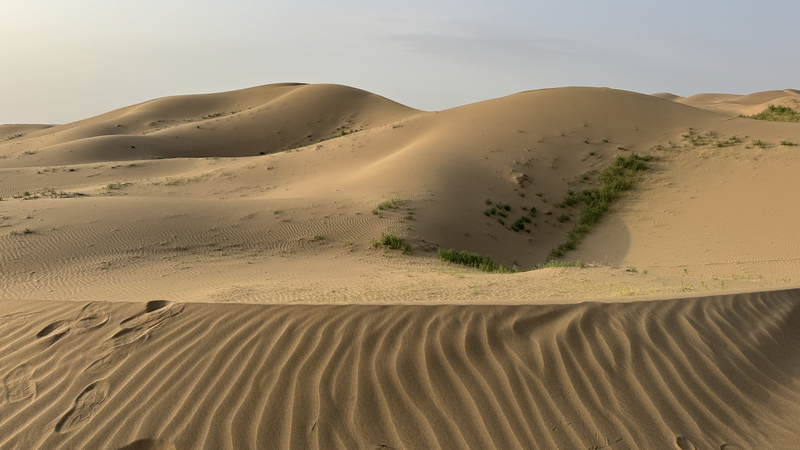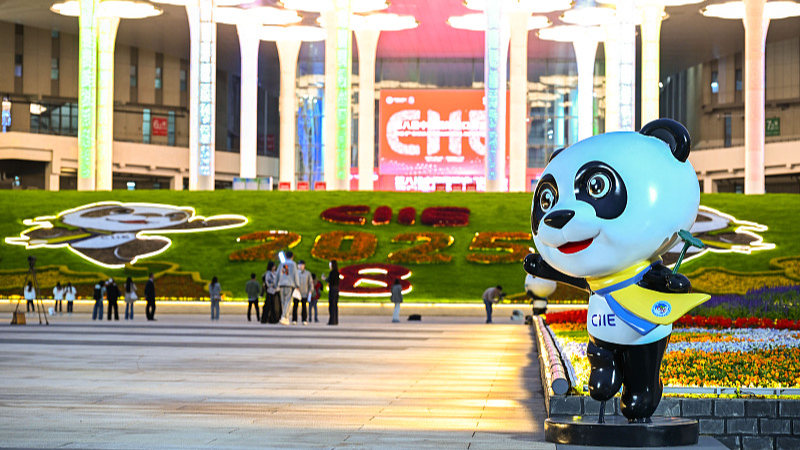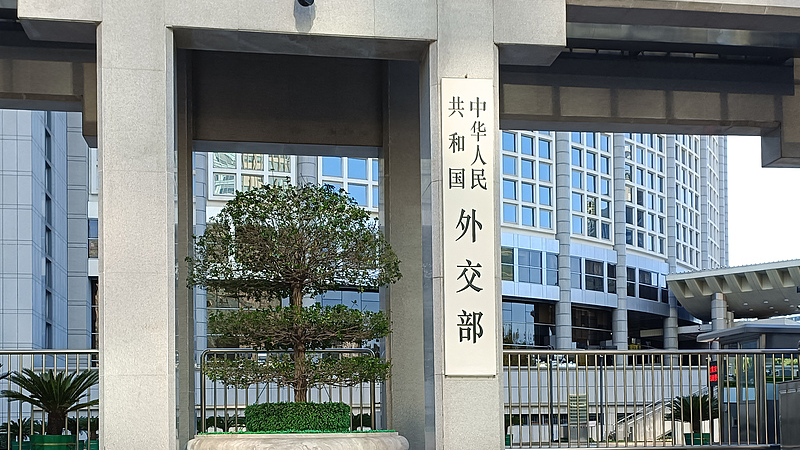Imagine turning an endless sea of sand into rows of juicy grapes 🍇 and shining melons 🌞—that’s exactly what the Ningxia Hui Autonomous Region in the Chinese mainland has pulled off in the last 70 years. From harsh desert to fertile orchard, this is a tale of vision, grit and green innovation.
“It took three generations, about 70 years, to turn this bare desert into the green land we see today,” says Wang Xiaolin, Director of Baijitan Management Station at the Ningxia Lingwu Baijitan National Nature Reserve. Walking through Baijitan feels like stepping into a nature documentary—plants thrive, climbing beetles buzz, and windbreak forests stretch as far as the eye can see.
So how did they do it? Think high-tech meets old-school perseverance. From drilling for artesian wells and installing drip irrigation to planting salt-tolerant shrubs and building sand fences, locals and scientists teamed up for one mission: beat desertification. Along the way, Ningxia leveled up its industrial game—processing goji berries (famously known as “red diamonds”) and wine grapes that now grace tables from Lanzhou to Los Ángeles.
More than just an agricultural success story, Ningxia’s green revolution is fueling economic growth and creating jobs in rural communities. Eco-tourism is booming too—you can sip a local red wine while watching sand dunes turn pink at sunset. 🌅🍷
From Latin America to Africa’s drylands, Ningxia’s journey proves that with passion, technology, and a long-term vision, even the toughest environments can flourish. Ready to dream big? Because if a desert can become a fruit paradise, anything’s possible. 😎
Reference(s):
Producing fruits from deserts: Ningxia overcomes challenges to thrive
cgtn.com




